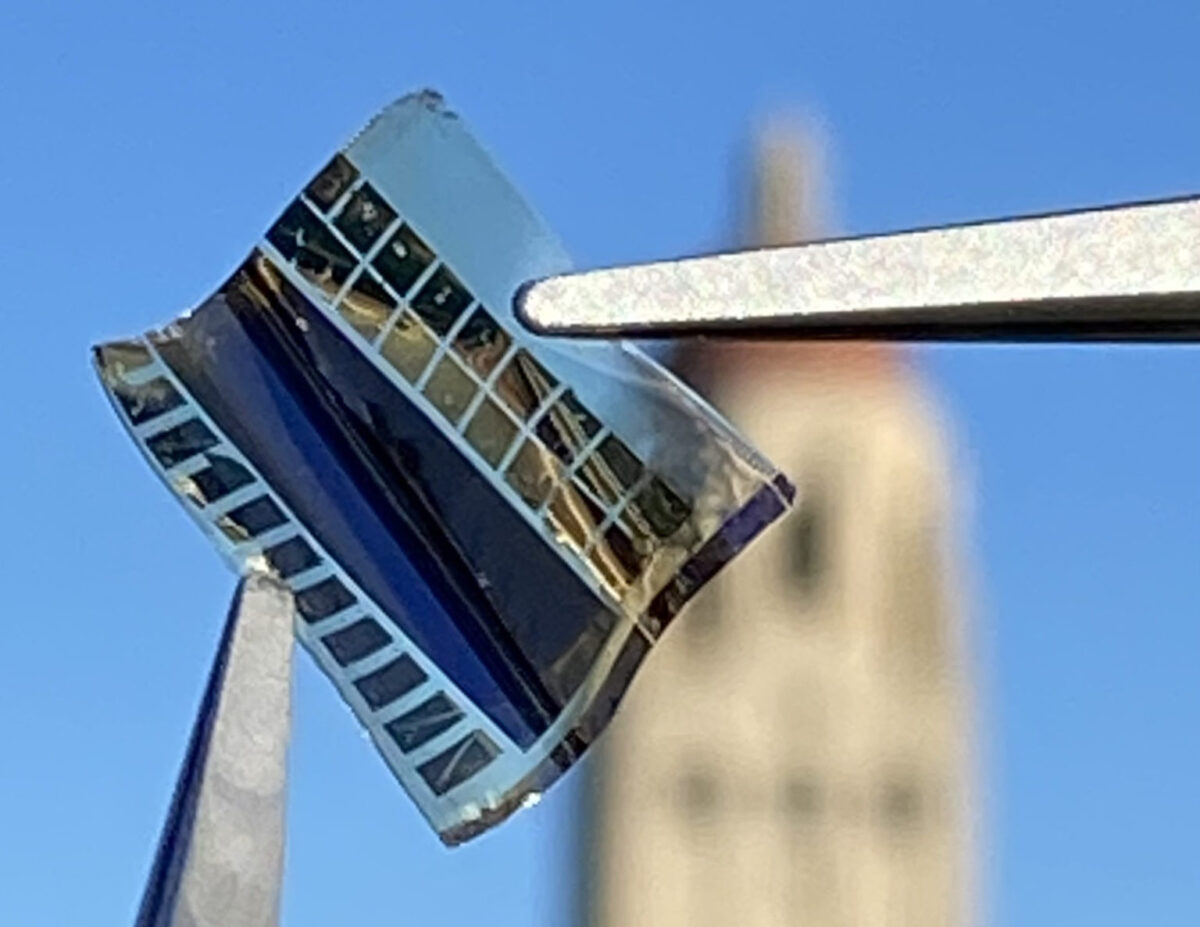Researchers from Stanford University have demonstrated a 50 nm single-junction transition metal dichalcogenides (TMDCs) solar cell that could potentially achieve a 25% power conversion efficiency.
“We developed a rigorous model for TMD solar cell performance which accounts for both intrinsic and extrinsic factors like material quality, and therefore examines the true performance limits of TMD solar cells, feasible via design optimization, as a function of thickness and material quality,” researcher Koosha Nassiri Nazif told pv magazine.
They structured the device with a multilayer absorber based on molybdenum disulfide (MoS2), molybdenum diselenide (MoSe2), tungsten disulfide (WS2), and tungsten diselenide (WSe2). The four materials have energy bandgaps of 1.27 eV, 1.16 eV, 1.36 eV, and 1.29 eV, respectively.
“Due to their large absorption coefficients and refractive indices, all these TMDs exhibit significant light absorptance even in ultrathin films of 5 nm thickness,” the researchers said. “As expected from their exceptional light absorption characteristics, all TMDs can achieve high short-circuit current even at small thicknesses.”
The scientists also placed an anti-reflection coating on the cell's front surface and a perfect back-reflector on the rear side. They also assumed the surfaces to be textured non-specular and to be created by etching, which they said leads to randomized light and angle-independent absorption.
Simulated under standard illumination conditions, the proposed cell architecture was able to achieve efficiencies of up to 25%.
Popular content
“We showed that ultrathin TMD solar cells as thin as 50 nm can achieve 25% power conversion efficiency even with today’s material quality,” co-researcher Eric Pop said. “This corresponds to approximately ten times higher specific power than incumbent solar technologies in the form of fully packaged cells and around five times higher than specific power in fully packaged modules.”
The academics introduced their findings in “Efficiency limit of transition metal dichalcogenide solar cells,” which was recently published in Communication Physics.
The same research group fabricated in 2021 a flexible metal dichalcogenide solar cell with 5.1% efficiency. The device achieved a power-per-weight ratio on par with well-established thin-film technologies such as cadmium telluride (CdTe); copper, indium, gallium and selenium (CIGS); amorphous silicon (a-Si); and III-V solar cells.
Transition metal dichalcogenides (TMDs) are two-dimensional materials with remarkable semiconducting properties and high optical absorption coefficients. This makes them suitable for the production of semi-transparent and flexible solar cells with potential applications in aerospace, architecture, electric vehicles, and wearable electronics, where light weight, a high power-per-weight ratio, and flexibility are very desirable.
This content is protected by copyright and may not be reused. If you want to cooperate with us and would like to reuse some of our content, please contact: editors@pv-magazine.com.



While AI like ChatGPT can rapidly analyze scientific data, human ingenuity is still behind innovations like this. Moving solar technology forward requires creative problem-solving that bots currently lack. Overall, the piece highlights promising solar research, though achieving it will rely on human scientists.